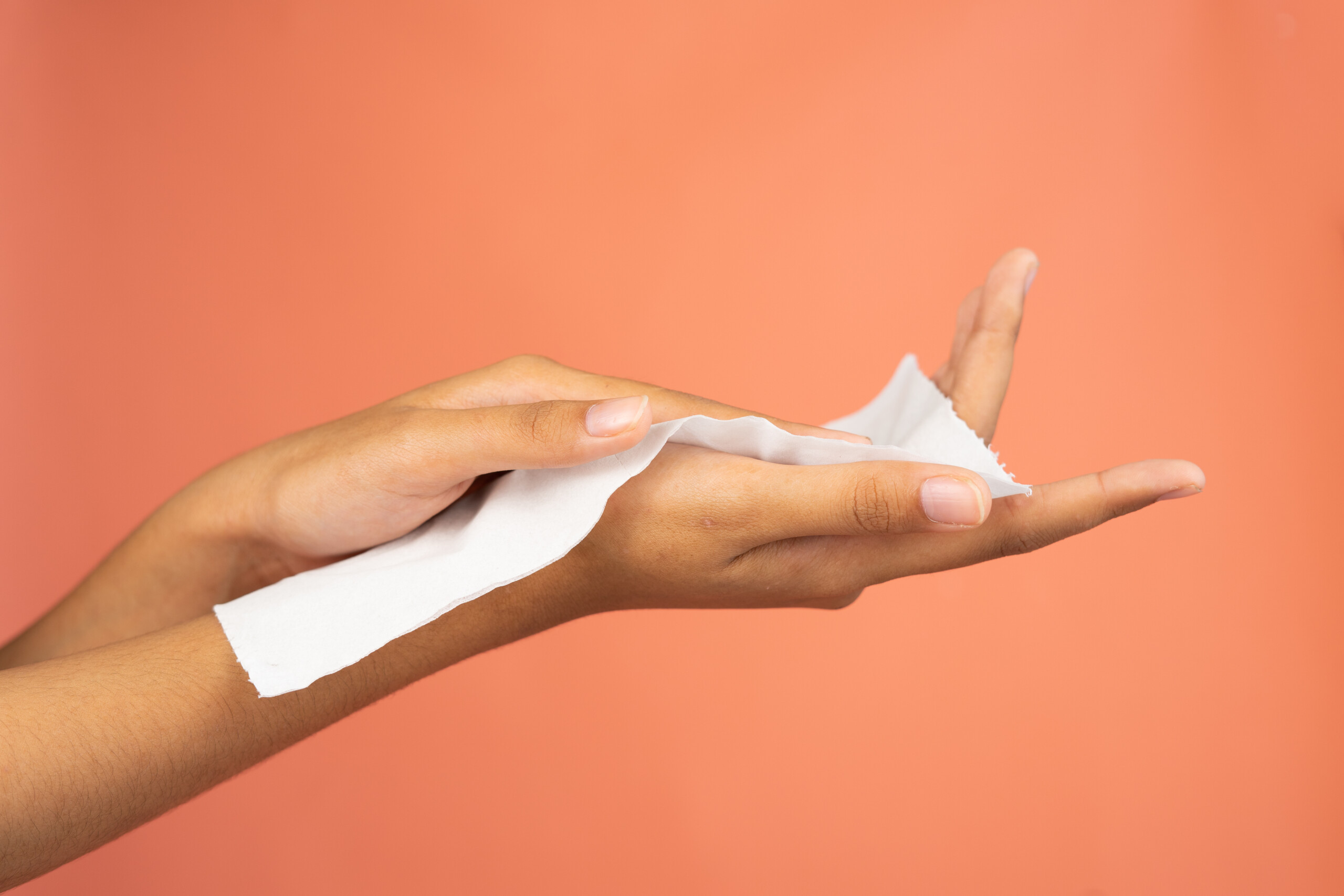Targeted Dermatology Treatments for Hyperhydrosis of Hands and Feet: Effective Solutions
Introducing the Complexities of Excessive Sweating: A Comprehensive Overview to Medical Diagnosis and Monitoring
Too much sweating, clinically called hyperhidrosis, is a condition that affects a significant number of people and can have an extensive influence on their lifestyle. While sweating is a natural physical feature, its overactivity in hyperhidrosis presents an one-of-a-kind set of challenges that frequently go past mere discomfort. Comprehending the underlying causes, recognizing the signs and symptoms, and navigating the diagnostic process for hyperhidrosis can be elaborate tasks. In this thorough guide, we will certainly explore the intricacies of hyperhidrosis, from its medical diagnosis to the range of treatment choices readily available, shedding light on reliable administration strategies for those facing this condition.

Recognizing Hyperhidrosis Causes
Hyperhidrosis causes can be connected to different variables such as genes, hormonal discrepancies, and particular clinical problems. Genetics play a considerable role in main focal hyperhidrosis, where individuals acquire the condition from their relative. This sort of hyperhidrosis commonly manifests in specific locations like the hands, soles of the feet, underarms, and face. Hormonal imbalances, specifically an over active thyroid gland or menopausal changes, can additionally set off too much sweating. Furthermore, specific medical problems such as diabetes mellitus, heart condition, and infections can bring about secondary generalised hyperhidrosis. These underlying health concerns can disrupt the body's natural cooling system, triggering the sweat glands to come to be overactive. Recognizing the root creates of hyperhidrosis is essential in identifying and properly managing this problem. By determining the specific elements adding to too much sweating, doctor can customize treatment plans to resolve the underlying cause, supplying relief and enhancing the quality of life for individuals impacted by hyperhidrosis.
Acknowledging Hyperhidrosis Manifestations
:max_bytes(150000):strip_icc()/the-doctor-cosmetologist-makes-injections-of-botulinum-toxin-on-the-palms-of-a-woman-against-hyperhidrosis--women-s-cosmetology--skin-care--1254089846-9a8ff2f7f5dc47f18339b3c9d138c5fd.jpg)
Moreover, hyperhidrosis signs may materialize in social and emotional distress, as individuals might really feel self-conscious or nervous regarding their sweating, resulting in avoidance of social circumstances (Sweaty hands treatment). Additionally, repeated episodes of excessive sweating can lead to skin maceration, fungal infections, and a general decline in self-worth
Diagnostic Process for Hyperhidrosis
Launching the analysis procedure for excessive sweating includes comprehensive evaluation of the person's clinical background and physical examination. Inquiring about the beginning, period, and triggers of sweating episodes is crucial to set apart between main focal hyperhidrosis and second generalized hyperhidrosis. Clinical history ought to additionally include inquiries regarding medicines, medical conditions, and family members background of hyperhidrosis.
Throughout the checkup, specific attention is paid to the areas affected by sweating. The doctor might evaluate the level of sweating, look for signs of underlying conditions, and evaluate the effect of sweating on the individual's lifestyle. Furthermore, specific tests like the gravimetric test, starch-iodine examination, or skin conductance dimensions may be conducted to measure the amount of sweat produced.
Furthermore, in cases where second hyperhidrosis is suspected, additional tests such as blood examinations, urine tests, and imaging studies might be advised to identify the underlying root cause of excessive sweating. The diagnostic process intends to precisely determine the type and source of hyperhidrosis to direct ideal administration approaches.
Therapy Options for Hyperhidrosis
When addressing excessive sweating, various treatment choices are available to reduce signs and symptoms and enhance the person's high quality of life. The therapy technique for hyperhidrosis depends upon the severity of description signs and the client's action to first treatments.
Topical therapies, such as aluminum-based antiperspirants, are typically suggested as the first line of defense for managing moderate situations of hyperhidrosis. These products work by plugging the sweat ducts, thus reducing the quantity of sweat that reaches the skin's surface. For individuals with extra extreme symptoms, dental medicines see here like anticholinergics might be prescribed to aid decrease sweating. These medicines can have side impacts and are not appropriate for everybody.

Effective Monitoring Approaches
To properly manage hyperhidrosis, a extensive and personalized treatment plan customized to the person's certain requirements and response to previous therapies is crucial. Iontophoresis, entailing the usage of a low electrical present to lower sweat gland activity, can be valuable for both palmoplantar and axillary hyperhidrosis. A multidisciplinary method entailing skin doctors, key treatment physicians, and, if essential, view it surgeons, can maximize the management of hyperhidrosis.
Conclusion
In verdict, hyperhidrosis is a condition characterized by excessive sweating, which can substantially influence a person's quality of life. With proper medical diagnosis and management techniques, people suffering from hyperhidrosis can find relief and enhance their general wellness.
Too much sweating, clinically understood as hyperhidrosis, is a problem that influences a substantial number of individuals and can have an extensive influence on their top quality of life. By recognizing the specific variables adding to extreme sweating, medical care service providers can tailor therapy plans to resolve the underlying reason, using relief and improving the quality of life for individuals affected by hyperhidrosis.
Hyperhidrosis, characterized by extreme sweating beyond what is necessary for managing body temperature, can considerably impact a person's high quality of life. Asking about the start, duration, and causes of sweating episodes is important to differentiate between key focal hyperhidrosis and second generalised hyperhidrosis. Treatment for hyperhydrosis of hands and feet.In conclusion, hyperhidrosis is a problem defined by excessive sweating, which can significantly affect a person's quality of life